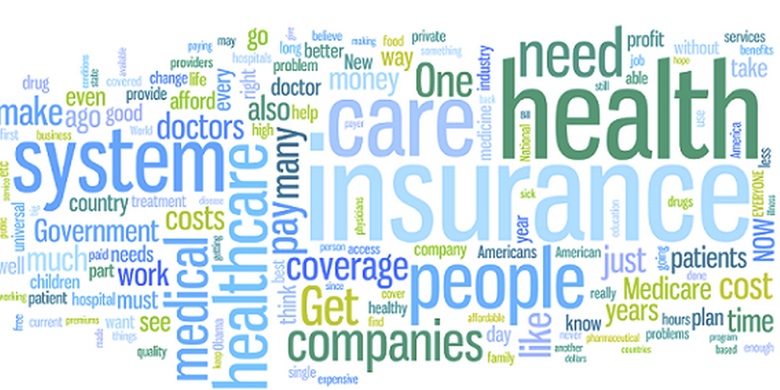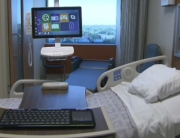Health is a universal issue in all our lives, regardless of one’s age. The reality, however, is that age-related health problems are one of the key issues adding pressure to our health care system.
With the inevitable increase in the elderly, health care deliverers are on the watch for anything that can help them manage their budgets. That’s why this year’s top IT trends are welcome news, because they’re in keeping with what we’ve been seeing in the health care industry in recent years – a shift away from treatment and toward the prevention of medical problems. When it comes to these type of trends, they all hinge on advances in IT and not only have the potential to save healthcare providers time and money but to reshape the entire industry while they change the way patients are treated.







